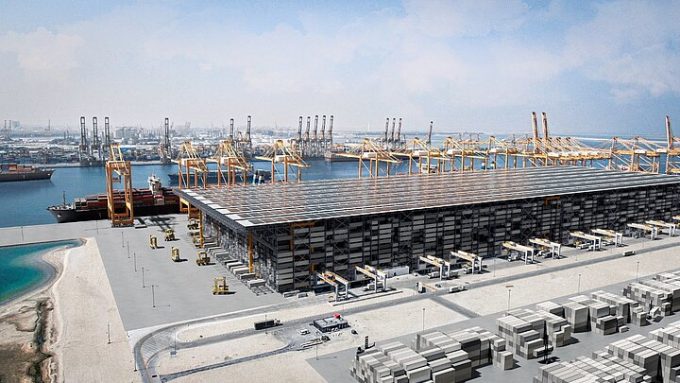DP World announces 'transformative' expansion plan for Caucedo hub
Global terminal operator DP World is set to plough some $760m into its Caribbean transhipment ...

Just-in-time shipping and high-bay container storage could be the answer to the global port congestion crisis.
According to Emre Cebecioglu, smart ports business development manager at Wartsila, port congestion is one of the biggest issues facing the container shipping industry, labelling it an “efficiency killer”.
“The maritime ...
MSC switches two more Asia-Europe port calls from congested Antwerp
Front-loading frenzy has made traditional H2 peak season 'unlikely'
Tradelanes: Export boom in Indian sub-continent triggers rise in airfreight rates
Carriers introduce surcharges as congestion builds at African ports
Mexican airport modernisation plan unlikely to boost cargo facilities
Ports and supply chain operators weigh in on funding for CPB
Box ship overcapacity threat from carrier appetite for new tonnage
Tradelanes: Overcapacity on Asia-S America impacting alliances and rates

Comment on this article